
6 Essential Tips for Using Outdoor Step Lights to Enhance Your Space
Share
Table of Contents
- Choose the Right Type of Outdoor Step Lights
- Consider the Placement and Layout of Your Lights
- Ensure Proper Lighting Brightness and Functionality
- Select the Best Power Source for Outdoor Step Lights
- Prioritize Safety Features When Installing Step Lights
- Maintain Your Outdoor Step Lights for Longevity
- FAQ: Frequently Asked Questions About Outdoor Step Lights
1. Choose the Right Type of Outdoor Step Lights
Waterproof LED Solar Deck Light - Warm Outdoor Ground Light
When selecting outdoor step lights, choosing the right type is crucial for both functionality and aesthetics. Here are the most common types:
- Recessed Step Lights: These are built directly into the stairs, providing a sleek, low-profile look. They’re perfect for a modern, clean aesthetic and offer a subtle light.
- Wall-Mounted Step Lights: Installed on the wall beside the stairs, these lights are ideal if you prefer a more visible light source. They often feature adjustable angles, allowing you to customize the light direction.
- Solar Step Lights: A popular choice for those seeking energy-efficient solutions. These lights charge during the day using sunlight and automatically turn on at dusk. They're easy to install with no wiring required.
- LED Step Lights: LED lights are energy-efficient and provide bright illumination without consuming much power. They come in various designs, including recessed, wall-mounted, and post-mounted options.
Each type of light serves a different purpose. If you want a clean look, recessed lights work best. However, wall-mounted or solar lights may be more practical if you're looking for brighter illumination or an easier installation process.
2. Consider the Placement and Layout of Your Lights
Proper placement is key to ensuring that your outdoor step lights provide the right amount of illumination. Here are some tips to guide you:
- Start at the Bottom or Top: Generally, it's easier to start placing lights from the bottom of the steps and work your way up or vice versa. This allows for more even coverage across the entire staircase.
- Spacing: A good rule of thumb is to space lights 4 to 6 feet apart for consistent illumination. This will help avoid dark patches between steps.
- Avoid Glare: Ensure that lights are positioned at angles that avoid glaring directly into your eyes. This not only improves safety but also creates a more comfortable visual effect.
Plan the layout based on the number of steps and the total space you want to cover. You can also add accent lighting to highlight specific features around the stairs, such as railings or pathways.
3. Ensure Proper Lighting Brightness and Functionality
The brightness of your outdoor step lights is crucial for both safety and aesthetic purposes. Here's how to choose the right brightness:
- Lumens: For step lights, look for a range of about 20 to 60 lumens per light. The exact brightness depends on how bright you want the steps to be. If your stairs are outdoors and in a dimly lit area, go for brighter lights around 60 lumens. For well-lit areas, you can use lower lumen values (20-40 lumens).
- Color Temperature: Step lights come in a variety of color temperatures. A warm white (2700K-3000K) is perfect for creating a cozy, inviting ambiance. If you need a more functional light to guide the way, a cool white (4000K-5000K) will provide a crisper, brighter effect.
- Motion-Sensing Functionality: Consider motion-sensing lights for added convenience and energy savings. These lights only turn on when they detect movement, ensuring that you don't waste power when the area is empty.
Use this combination of brightness and color temperature to create a well-lit, safe environment that suits your needs.
4. Select the Best Power Source for Outdoor Step Lights
Outdoor step lights come with different power options. Here are the main types, each with its own advantages:
- Solar-Powered Lights: These lights are a favorite for energy efficiency. They use the sun’s energy to charge throughout the day, and they turn on automatically when it gets dark. Solar lights are perfect for remote or off-grid locations and don't require any wiring.
- Battery-Powered Lights: These lights are easy to install, especially for temporary setups or areas where solar power might not be effective (e.g., shaded areas). They require periodic battery replacement, but they offer great flexibility.
- Wired Lights: For permanent installations, wired outdoor step lights provide consistent and reliable power. They are often the best choice if you want more control over brightness and are willing to deal with the complexity of installation.
For a balance between convenience and reliability, solar-powered lights are ideal if your stairs get sufficient sunlight. Battery-powered lights work well in shaded areas, while wired lights are best for long-term, consistent performance.
5. Prioritize Safety Features When Installing Step Lights
Safety should always be a top priority when installing outdoor step lights. Here are the key factors to consider:
- Weatherproof Rating: Look for lights with a high weatherproof rating, such as IP65 or higher. This ensures that your lights will withstand rain, snow, and dust.
- Anti-Slip Designs: Some outdoor step lights have anti-slip features to ensure that the light fixture itself doesn’t become a hazard. This is particularly important if the light fixtures are installed directly on the steps.
- Proper Height and Placement: Position lights at the right height to avoid tripping hazards. Typically, step lights should be installed about 2 to 4 inches above the ground level to prevent them from being obstructed.
Safety should always be your top concern, especially for outdoor spaces where weather conditions and foot traffic can be unpredictable.
6. Maintain Your Outdoor Step Lights for Longevity
Maintaining your outdoor step lights is crucial for their longevity. Here’s what you should do:
- Clean Lights Regularly: Dirt and debris can accumulate on the lights, reducing their effectiveness. Clean your lights every few months with a damp cloth to keep them shining bright.
- Check for Damage: Regularly inspect the lights for any cracks or signs of wear, especially after harsh weather conditions. Replace any damaged parts immediately to prevent further issues.
- Test Batteries and Solar Panels: If you have battery-powered or solar lights, check the batteries and panels periodically to ensure they’re working properly. Replace batteries when they start losing power, and clean the solar panels to keep them efficient.
By maintaining your lights regularly, you’ll ensure that they continue to illuminate your outdoor space safely and effectively for years to come.
7. FAQ: Frequently Asked Questions About Outdoor Step Lights
What is the best way to illuminate outdoor steps?
The best way to illuminate outdoor steps is by using recessed step lights or wall-mounted LED lights. These lights provide consistent and even illumination, enhancing visibility while maintaining a sleek and safe design. For larger spaces, string lights or motion sensor lights can be installed along the steps for added functionality and security.
How do you add lights to existing concrete steps?
To add lights to existing concrete steps, surface-mounted LED lights or solar step lights are ideal options. You can easily attach these lights to the side or top of the steps using adhesive or screws. If you want a more permanent solution, recessed lighting can be added by cutting holes in the steps, although this requires more work and expertise.
How can I make my outdoor steps more visible?
To make outdoor steps more visible, install bright, low-profile lights along the edges of each step. You can use motion sensor lights for additional safety, as they turn on automatically when movement is detected, ensuring visibility when needed most. Using warm light will also improve contrast and reduce the risk of accidents.
What is the best light for outdoor steps?
The best lights for outdoor steps are LED lights, as they are energy-efficient, long-lasting, and provide bright illumination without excessive heat. Solar-powered LED lights are a great option for areas without electricity access, while motion sensor lights offer convenience and safety by lighting up automatically when someone approaches.
How can I light my stairs without electricity?
To light your stairs without electricity, opt for solar-powered lights or battery-operated lights. Solar lights are excellent for outdoor use, as they recharge during the day and automatically turn on at night. Alternatively, battery-powered lights offer flexibility and can be installed anywhere without the need for wiring.
By following these six essential tips, you can make sure your outdoor step lights not only enhance the aesthetics of your outdoor space but also provide safety and reliability. Whether you're lighting up a set of steps or accenting your garden, the right lights can transform the look and feel of your home.
Related Articles:

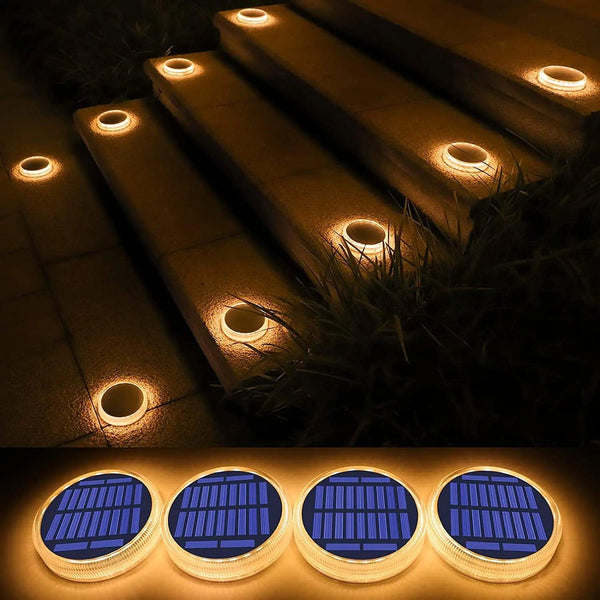

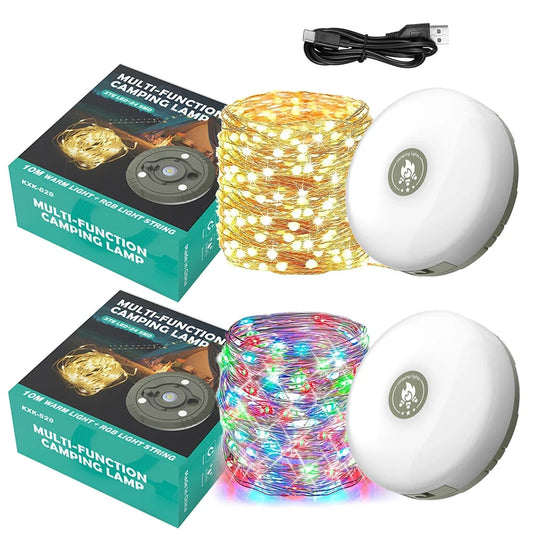

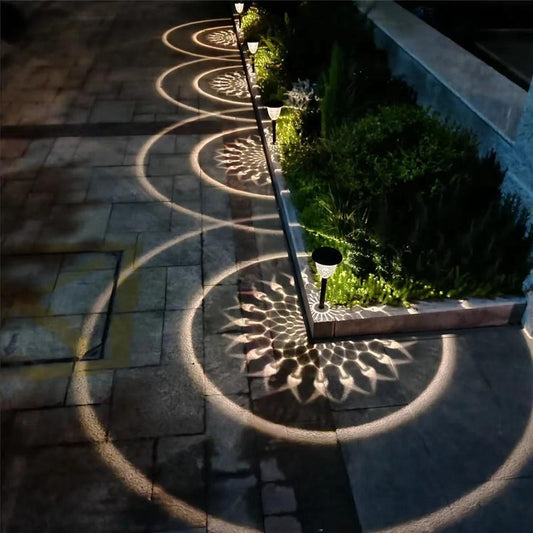

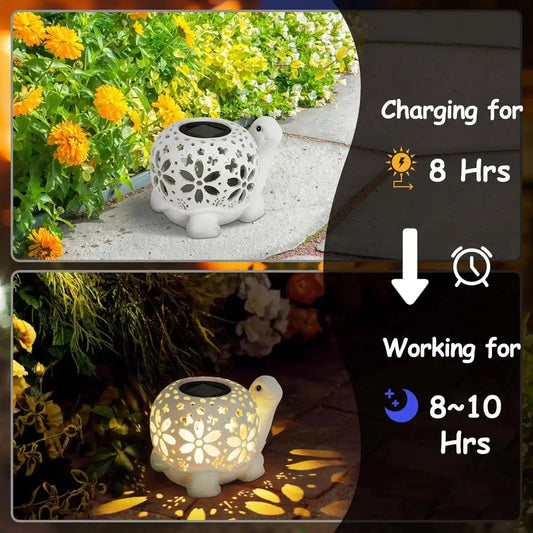

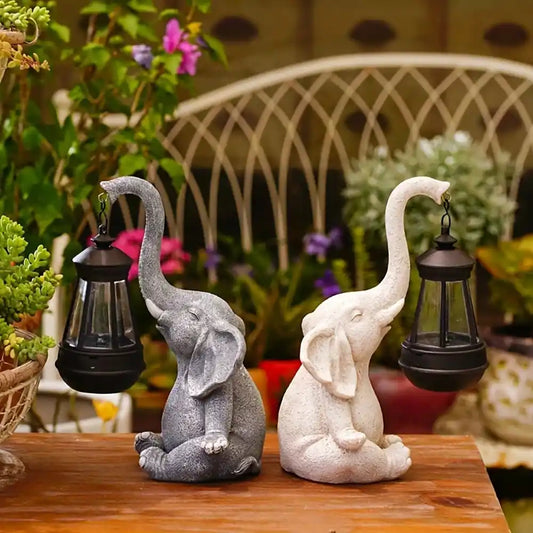

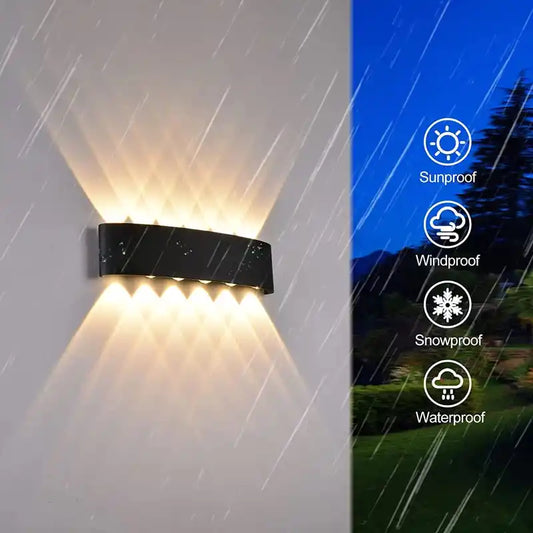

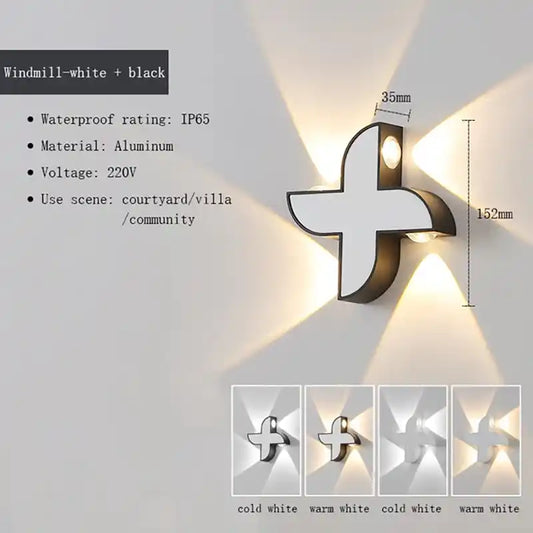

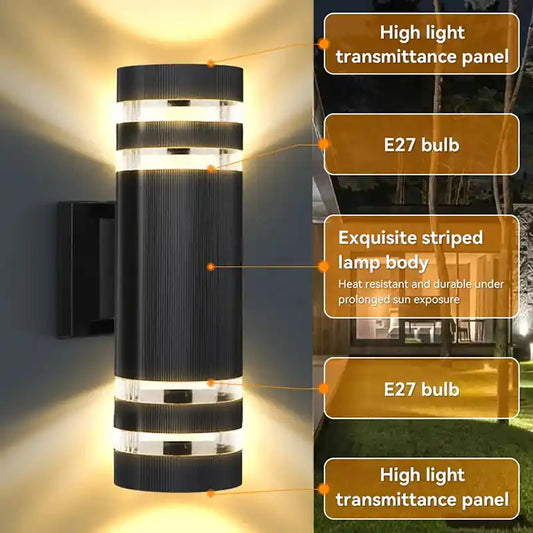

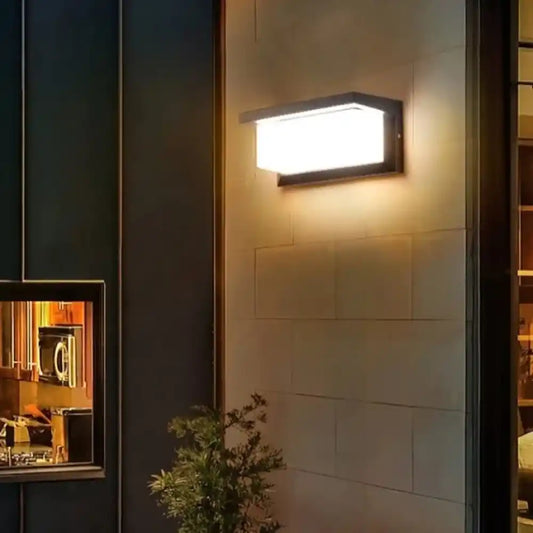



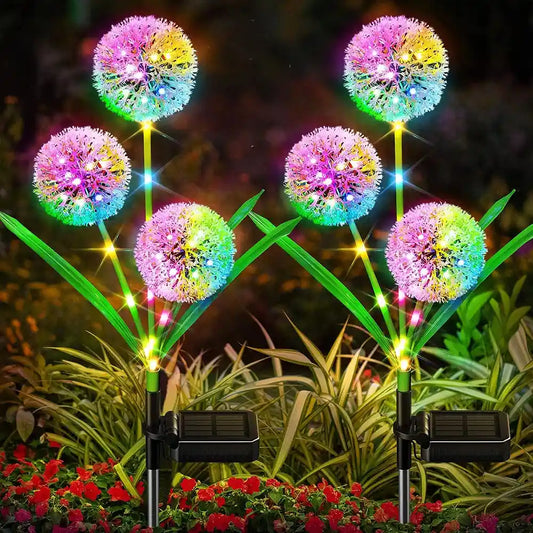



 />
/>
 />
/>
 />
/>
 />
/>
 />
/>
 />
/>